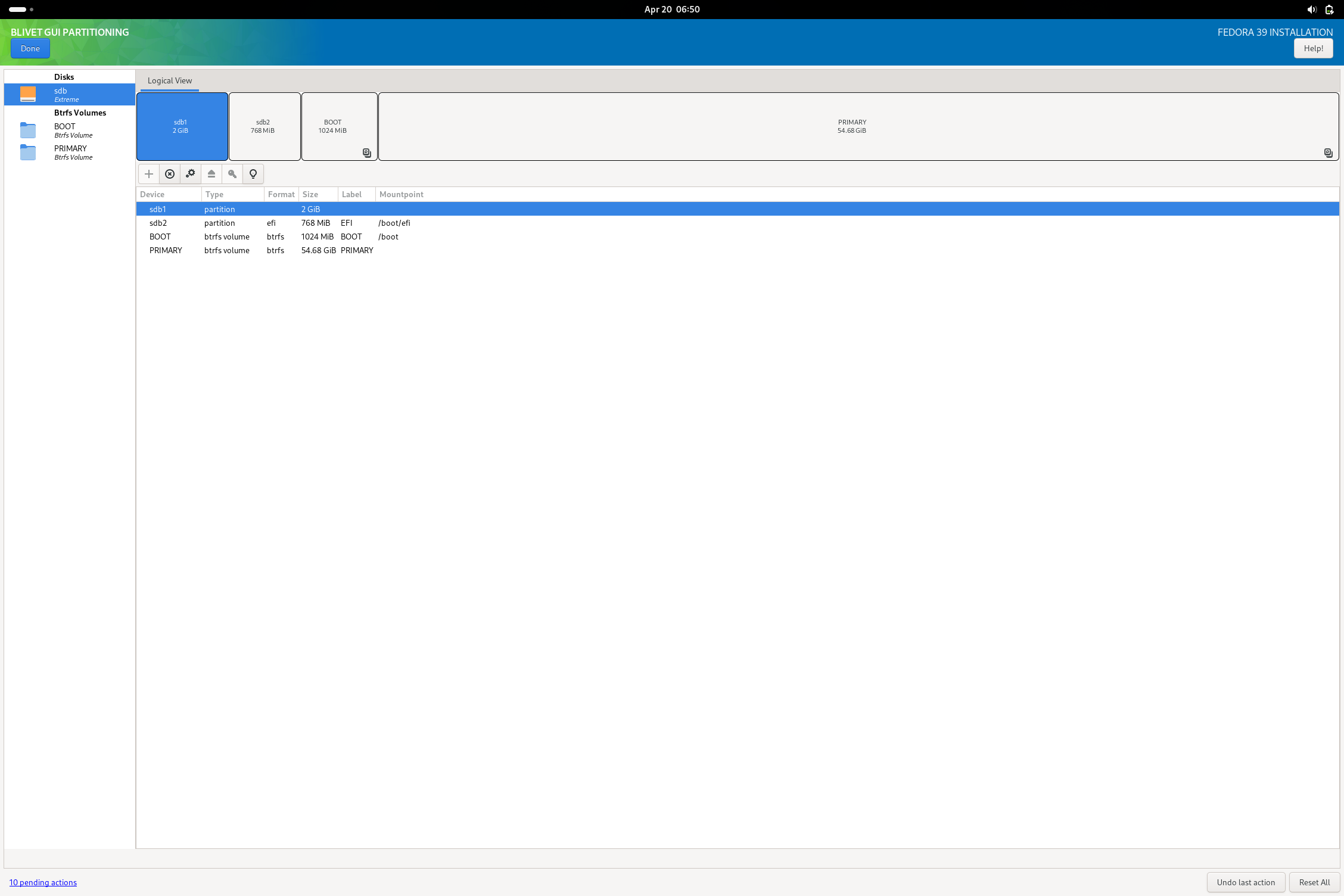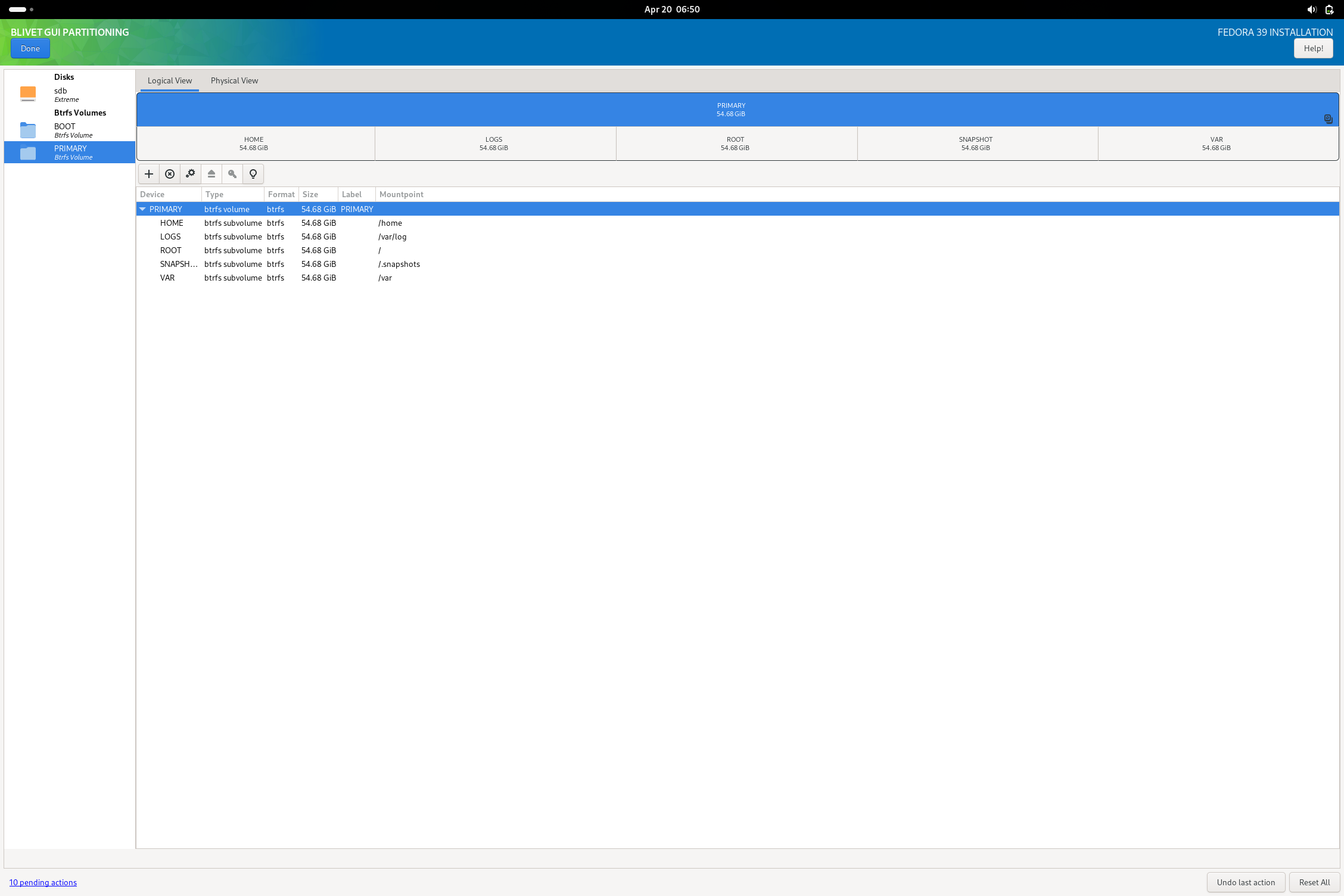Largely things look good. It might be a good idea looking for a motherboard that has Intel ethernet rather Realtek. I’m also a bit curious if the barebones VRM design on the board is adequate as well.
- 0 Posts
- 33 Comments

 3·12 days ago
3·12 days agoGenerally, yes. It’s not nearly as bad as say 2015 but NVidia has a long standing history of being difficult to deal with, and users having to make constant compromises. For instance, NVidia hasn’t had properly working Wayland support on most environments until recently due to the awful flickering that many users experienced. Things like power saving, dual GPU handoff, general OpenGL performance, frame stability and tearing (X.Org), etc. have been either historical and/or current pain points for using NVidia GPUs vs AMD or Intel GPUs.

 201·15 days ago
201·15 days agoA summary from its site and known technical details:
- no telemetry by default
- includes uBlock Origin
- has sane privacy-respecting defaults
- prepackages arkenfox user.js
- relatively well-maintained fork of Firefox that keeps up with upstream
- No major controversies AFAIK
As for Windows 7, nobody should really need to install Librewolf anyway on such a device. No device running Windows 7 should have access to the internet at this point. If you are asking about compatibility intending this use case, you have bigger problems to worry about than your choice of browser. If you just need to view HTML files graphically, even Internet Explorer or an older firefox ESR will do.
For many with unstable ISP connections, http downloads can get corrupted. Torrents are superior in this regard as the file gets split into blocks that each get checksummed for integrity after completion. This helps to ensure that the large iso is actually complete and won’t just be garbage on an attempted install. Even if you checksum the iso from http download, you have to pull the entire thing again if it is damaged whereas the torrent would just repull the damaged blocks automatically.

 21·1 month ago
21·1 month agoWe are well beyond the point of a majority of common hardware having built-in kernel drivers and userland software for extra stuff like RGB control that the best advice is rather avoiding Linux, to instead avoid the trash hardware (NVidia for the time being, GoXLR, Broadcom, etc.). My GPU, audio hardware, network interfaces are both popular products and have worked out of the box for years now.
2-2-1 still insinuates having a remote backup. I don’t see how this particular threat destroys a 2-2-1 setup.

 1·2 months ago
1·2 months agoWhat makes Nextcloud unreliable for your use case? I’ve used the calendar (caldav) functionality for years without issue in sync.
Tbf to cloud sync, nothing is stopping you from using your own backup/restore service with your drm-free titles compared to the other features that Galaxy offers.
GOG has DRM for many titles: see Galaxy. As I understand it, it isn’t as pervasive as Steam, but is necessary if you want multiplayer on many titles or care about extras like achievements.
On my Fedora KDE install on 40, hibernate is now an available power option. The install has been in upgrade cycles since 35 at this point. I would imagine that barring different DEs showing different power options being a possibility, it is more on detecting hardware compatibility for functional hibernation.
Use the OCI through podman or docker.
What compositor (desktop environment) and distro are you running for things to behave that poorly?
If that is the case, the developer should have likely noted otherwise before closing the issue as the final piece of discussion. That is good to know that your experience hasn’t dropped the OS into base Windows 11. If as you say is true, the developer should also really spend some time cleaning up the README and clarify that base Tiny11 can actually be updated in-OS. I will still test in a VM later today to confirm that Tiny11 doesn’t actually erode or degrade on update for myself.
From the Github README:
Also, for the very first time, introducing tiny11 core builder! A more powerful script, designed for a quick and dirty development testbed. Just the bare minimun, none of the fluff. This script generates a significantly reduced Windows 11 image. However, it’s not suitable for regular use due to its lack of serviceability - you can’t add languages, updates, or features post-creation. tiny11 Core is not a full Windows 11 substitute but a rapid testing or development tool, potentially useful for VM environments.
It literally says that it cannot be updated from a built OS install. You need to reinstall tiny11 by rebuilding the install image with a newer Windows 11 base image. Obviously it would be best to do this every time there is a security patch release for Windows 11.
EDIT: Rereading further, the bigger Tiny11 image might be able to be updated in-OS. I’m going to dig through the ps1 scripts to see if the README holds up to that un-noted capability.
EDIT2: I don’t see any registry edits that knock Windows Updater offline. I’ll test it in a VM to see if things work (from prebuilt when it eventually downloads). Though I am unsure at this moment if such an image’s changes will survive a Windows update at all.
EDIT3: VM not tested yet, but an issue on the GitHub seems to corroborate my initial assumption.
EDIT4: VM tested. Things claimed to be patched out (Edge) came back with one of the cumulative updates applied shortly after install. Other cumulative updates are being blocked (error instantly on attempt to install after download) (perhaps unintentionally). Image downloaded claimed to be for 23H2, but Windows 11 22H2 was installed, seemingly with no way to actually upgrade. I think my point stands.
Do note that this system is liable to leave your computer vulnerable as it has no way to update itself from within the OS.
This image would be fine for booting short-term VMs as long as you periodically rebuild and reinstall it, but not ready for consumer use.
The A485 is actually such a terrible laptop. I would never reccomend such garbage to anyone considering mine almost never worked properly. I had in three years have six main board replacements for various hardware faults. Not a single of the boards has been free from severe hardware faults.

 3·4 months ago
3·4 months agoI have been utilizing BunkerWeb for some of my selfhost sites since it was bunkerized-nginx. It is indeed powerful and flexible, allowing multi-site proxying, hosting while allowing semi-flexible per-site security tweaks (some security options are forcibly global still, a limitation).
I use it on podman myself, and while it is generally great for having OWasp CRS, general traffic filtering targets and more built on top of nginx in a Docker container, the way Bunkerweb needs to be run hasn’t really remained stable between versions. Throughout several version upgrades, there have been be severe breaking changes that will require reading the setup documentation again to get the new version functional.

 2·4 months ago
2·4 months agoI just did some testing in the past hour or so and did a portable install from scratch using the Fedora Workstation 39 iso. I’m not exactly sure what your hardware detection issue would have been, but I can say that Anaconda could detect both a USB flash drive and an external hard drive I had plugged in.
Going with the USB flash drive, I did skip using the automatic partitioning and went for using blivet to do my work. I did format the drive beforehand as I have always had issues with that drive properly accepting various partitioning commands (the installer no exception as tested). I did reserve a partition for a shared storage filesystem, but didn’t actually give it a filesystem here.
In blivet, here is a sample of the kind of partition schema I was talking about (something that might be helpful to OP or anyone else that wants to try this setup):



I was able to then complete the install as normal and boot into the finished USB drive. I noted a small non-fatal complaint from grub on boot, but I imagine this is fixed with updating the system. All systemd units boot without failure and I am able to get the system working with minimal issue. The only real issue I could note is that the installation is very sluggish (due to it being on a flash drive rather than an external ssd or some other more suitable media). After booting, I then opened Disks and added the missing exfat (or NTFS) filesystem I reserved a partition for. The reason I didn’t do this in blivet during install is because the option doesn’t actually exist to make an exfat fs in the tool.

Hopefully, this comment is helpful toward getting such a setup working.
EDIT:
Something I did notice with GRUB on Fedora Workstation 39 is that by default, the menu will not show unless pressing escape on boot. There is a useful AskUbuntu post that explains in detail how to access the grub menu and how to change it to behave in a better fashion for a multiboot system.

 3·4 months ago
3·4 months agoAh, that would put a bit of complication into things. If you want to actually accomplish this though, you should largely start with the same steps as a standard system install, using a second USB flash drive to write the distro onto the external SSD, leaving enough space to build the rest of the partitions you need. If you intend to make a Windows-shared partition (exfat, fat32, or NTFS), it is probably best to put that partition either first or just behind the EFI partition so that Windows systems won’t have a hard time finding it. Exfat or NTFS would be a better choice for this type of partition.
I would still generally recommend keeping the live distros on a separate bootable drive, but you can size and reserve dummy partitions after the rest of your normal dual-boot installs and shared data partitions for live installers to overwrite. There is likely going to be some experimentation with getting the OS bootloader (such as on GRUB provided by Fedora in this case) to pick them up and add them as boot entries. You should (depending on the live image) be able to dd write them to the ending partitions reserved for the image for as long as the partition is sized equal or larger than the ISO image’s size (it’s best to give at least a few blocks of oversize on the partition when writing ISO’s directly).
Edit: In a proper Fedora install, you should almost never need to disable selinux or set it to permissive unless you know why you don’t want it.



The VRR problems are specifically related to either monitors not supporting Freesync over HDMI or the user running a monitor expecting HDMI VRR to work on HDMI 2.1 specs (>4k@60hz or equivalent bandwidth negotiation requirements). I would concur a small subset of users is correct for the use-cases where this becomes a problem.